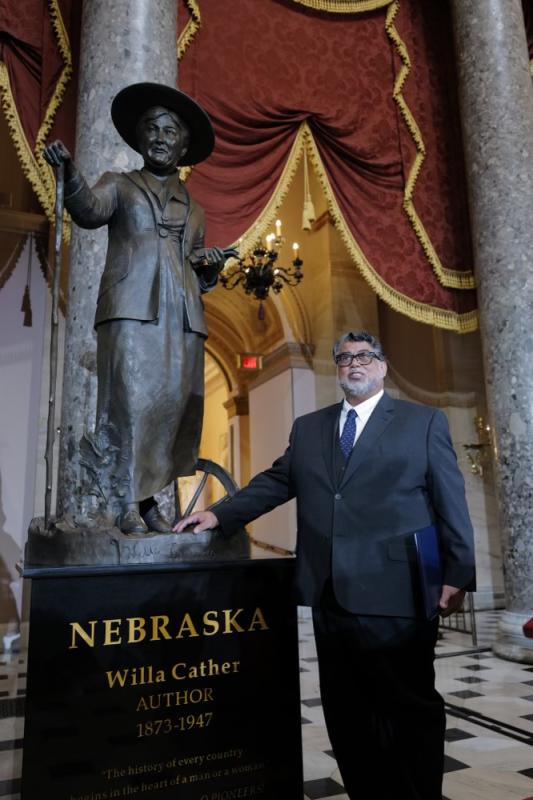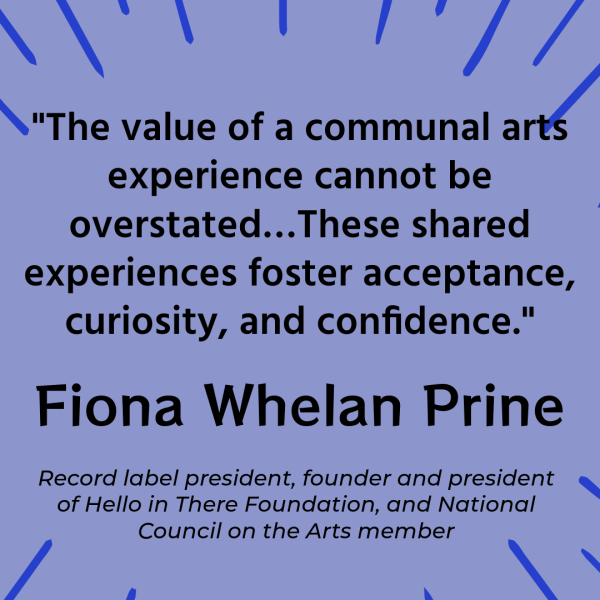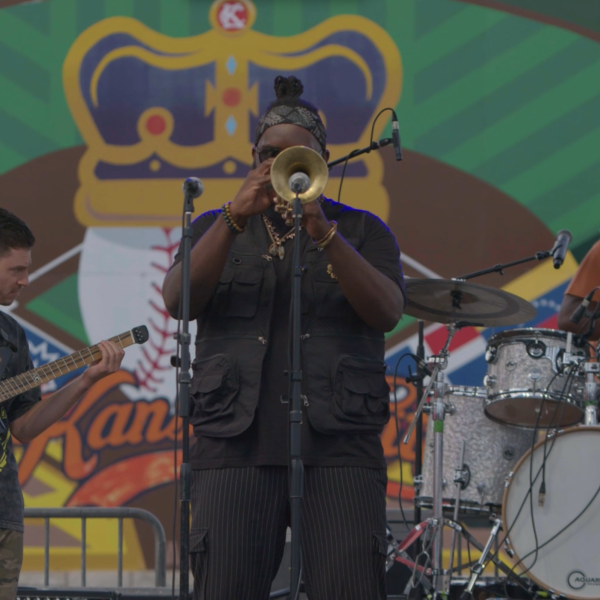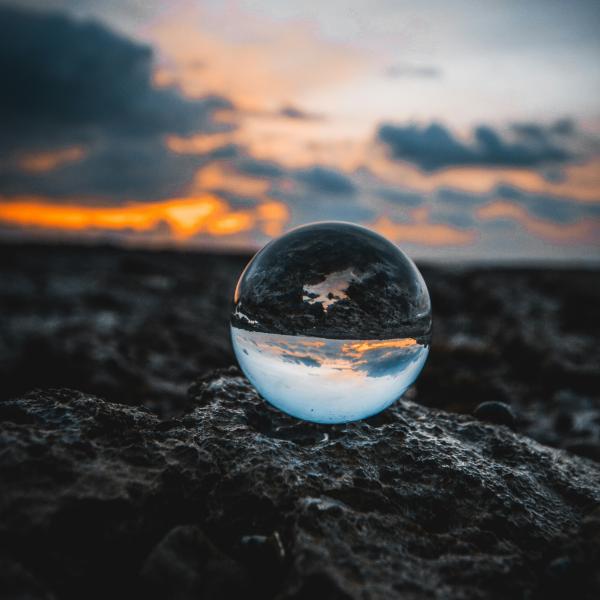A Conversation with Sculptor Littleton Alston

Littleton Alston standing by his sculpture of Willa Cather following the dedication ceremony at the National Statuary Hall. Photo courtesy of Littleton Alston
From a young age, Littleton Alston knew that he was an artist. Growing up in Washington, DC, Alston was surrounded by captivating public art and architecture, which served as a wellspring of inspiration. Alston’s artistic talents were nurtured when he attended the Duke Ellington School of the Arts. Immersed in a creative environment, he was surrounded by mentors and opportunities that helped launch his journey as a sculptor.
Alston went on to earn a BFA in sculpture at Virginia Commonwealth University, followed by an MFA from the Rinehart School of Sculpture at the Maryland Institute College of Art. In 1989, Alston was granted admission to the artist residency program at the Bemis Center for Contemporary Arts in Omaha, Nebraska. A year later, he became an Assistant Professor of Sculpture at Creighton University, where he remains today as a Full Professor; imparting artistic knowledge to the next generation.
Presently, Alston maintains a sculpture studio in Nebraska. His three-dimensional creations are showcased in public and private collections across the nation, ranging from figurative bronze sculptures to abstract compositions crafted from stainless steel. Among his many accolades, perhaps the most notable is his recent commission as the first African American artist to create a statue for the National Statuary Hall in Washington, DC. The 7-foot sculpture commemorates Willa Cather, an American writer known for her depictions of pioneer life during the late 19th century.
We spoke with Alston about his sculpting process, the creative elements and inspiration that informed his approach to the Cather sculpture, and what he hopes people take away from his work.
NEA: Can you describe the process of being commissioned to sculpt a likeness of Willa Cather?
LITTLETON ALSTON: I submitted materials for consideration through a national search and was among the three finalists out of over 70 artist submissions. Each finalist was asked to produce a sculpture maquette [smaller model], budget plan, and narrative proposal. After the other finalists and I had each presented proposals for the selection committee, I was notified that I had been awarded the commission.
NEA: You and Cather have a similar geographical journey, from Virginia to Nebraska. How did this connection inform your work on the sculpture?
ALSTON: The coincidence was not lost on me. I felt a deeply personal connection to the journey experienced by Willa Cather and my own journey as an artist. I was born in Petersburg, Virginia, and eventually moved to Nebraska, where I’ve lived for over 30 years. Likewise, having moved to Washington, DC, with my family at the age of five and spending my formative years there, it was tremendously meaningful to create a sculpture that would be housed in my old hometown and in the [U.S.] Capitol, no less.
NEA: What were the reasons for portraying Cather in a mature phase of her life?
ALSTON: Willa was in her middle years when she produced her most famous novels and achieved her greatest fame. This is something I grappled with in the development phase of the sculpture, and ultimately decided that it was important to portray her at the stage in life when she had found her literary voice and won public acclaim.
NEA: Can you describe your sculpting process? How did you draw inspiration and what type of research was required to capture the essence of Cather and her life journey?
ALSTON: It’s always optimum to be able to meet the subject and work from life. Of course, that was not an option with Willa Cather, who died in 1947. Fortunately, there is a wealth of photography portraying Willa and I was able to obtain photos and other resources through the University of Nebraska’s Willa Cather Archives and the National Willa Cather Center, in Red Cloud, Nebraska. I read some of her books, met with scholars, and visited Red Cloud, where I was able to see artifacts first-hand, and also experience the prairie and community that inspired much of her writing.
NEA: As the sculptor and original tour guide, can you describe some elements of the sculpture that a viewer may overlook?
ALSTON: I’ve portrayed Willa as a mature artist walking through the open prairie of Nebraska. She holds a walking stick, and wears her field research clothing, including a brimmed hat and a wool jacket she was known to wear often. She also holds a writing pen and papers that she often took with her when walking in nature to seek inspiration for her novels. Grasses with Nebraska’s state flower, the goldenrod, are depicted near the hem of her skirt, suggesting the prairie. A western meadowlark, Nebraska’s State Bird (and a reference to Cather’s novel, The Song of the Lark) emerges from the foliage. A broken wagon wheel, half buried in the Nebraska[n] soil, represents the struggle and conflict of western expansion on the Great Plains. Willa’s signature, faithfully copied from her own handwriting, is inscribed near the bottom of the bronze sculpture.
NEA: How does it feel to be the first African American artist commissioned to sculpt a statue for the National Statuary Hall Collection?
ALSTON: I’m very proud to be the first African American artist in the National Statuary Hall collection. I was astonished to learn this fact after I had won the commission and personally feel it is a historic achievement. The fact that I’ve produced the Cather sculpture, as well as many other works in different public settings that are widely accessible and free for anyone who cares to view them is deeply gratifying. My hope is that it provides inspiration to young, aspiring artists of color.
NEA: What do you hope people take away from viewing the sculpture?
ALSTON: I have sought to capture Willa Cather’s spirit and artistic legacy. I hope this statue will provide insight into Cather and her literature for all who view it in the years to come.
NEA: Why do you think it’s essential that sculptures exist for public viewing?
ALSTON: Whether it’s sculpture or any other medium, I believe that works of art are fundamental to elevating and understanding the human experience.




